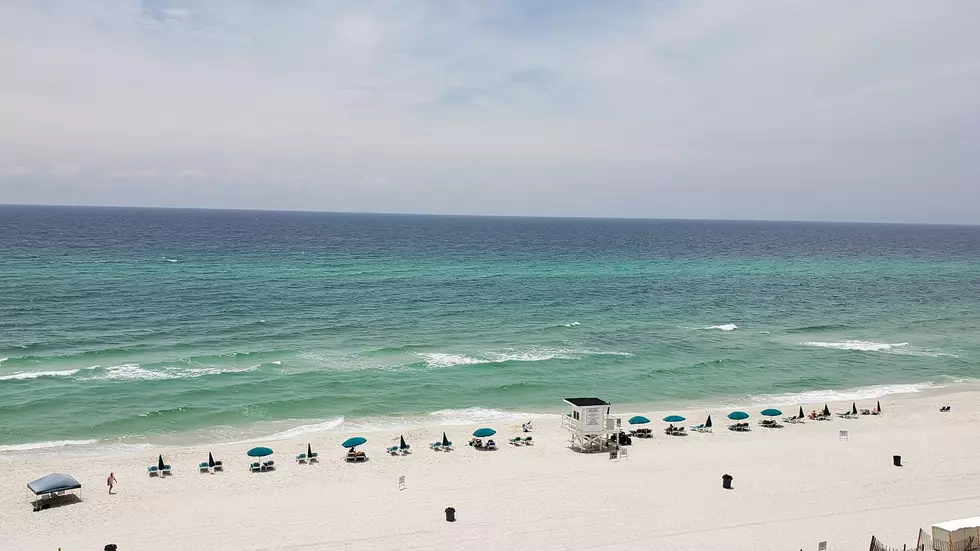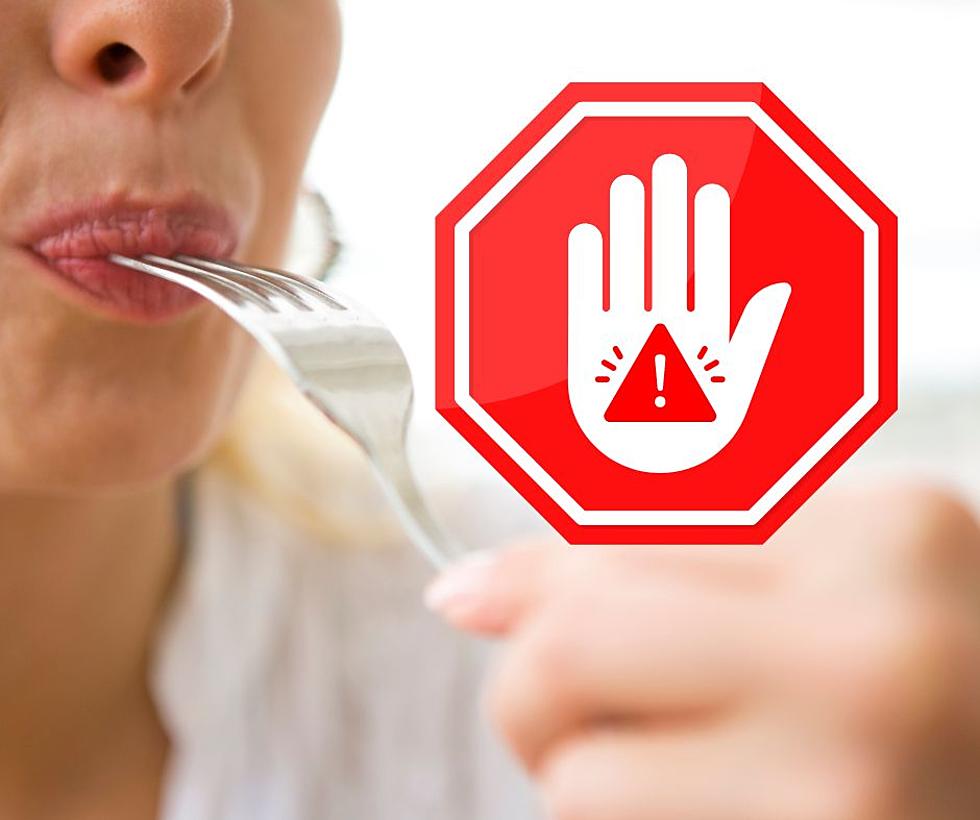
TRI-STATE TRAVELERS: Get to Know the Flags & How to Identify Rip Currents Before Heading to Florida
Vacations are in full swing now that travel has reopened and for a lot of families in our community, and that means the annual trip to the beach. Panama City Beach, Destin, and Gulf Shores are three of the most popular beach destinations for this area, in part because of the easy drive to get there.
Visiting our favorite little slice of paradise is always exciting but for many, this may be the first vacation that they've been able to take since the pandemic shut much of the travel industry down in 2020. And you may have forgotten some of the rules of the beach since the last time you were able to bask in the sun while lounging on the sugar-white sands of the Gulf Coast.

There have been a lot of reports out of places like Panama City Beach and Destin about dangerous water conditions. In fact, when I was there last two swimmers were lost to the currents, and sadly, they didn't survive. That's why I felt like it was a good idea to share with you some safety reminders before your next trip.
There are flag poles on the beach with flags that are updated based on the conditions of the water. Be sure that you're familiar with these flags before you head out into the water.
- Purple Flag: This flag means that there is "dangerous marine life" in the water.
- Green Flag: This flag means that the water condition is considered calm. This is the "Low Hazard" flag.
- Yellow Flag: This flag means that there are moderate surf and/or currents. This is the "Medium Hazard" flag.
- Red Flag: This flag means that there is strong currents and/or high surf. This is the "High Hazard" flag.
- Double Red Flags: This flag indicates that the water has been deemed to be too rough and/or dangerous. This is the "Water is Closed to the Public" flag.
There have been a lot of reports of rip currents in the groups and pages that I follow as well. The Panama City Beach - Government Facebook Page, has shared a helpful graphic from Weather.gov regarding how to identify a rip current and what to do if you find yourself caught in one. A rip current is often an area in the water that looks smoother on the surface. Waves won't be breaking in that area and while the water on the surface looks smooth and calm, the water under the surface can be moving with very strong force.
It is advised that, should you find yourself caught in a rip current, you remain calm and not panic. You can and should wave and yell for help. Since the rip current is pulling back out to the ocean, you should not try to swim against it towards the shore as you can exhaust yourself. Rather, it is advised that you swim out of the current by swimming parallel to the shoreline. If you are unable to swim out of the rip current, they say you should simply, float.
Please keep these things in mind the next time you visit the beach. And of course, don't forget your sunscreen. Stay safe! 🖤
LOOK: Here are the 50 best beach towns in America
LOOK: Here are the 10 US golf destinations with the most courses per capita
More From WKDQ-FM









